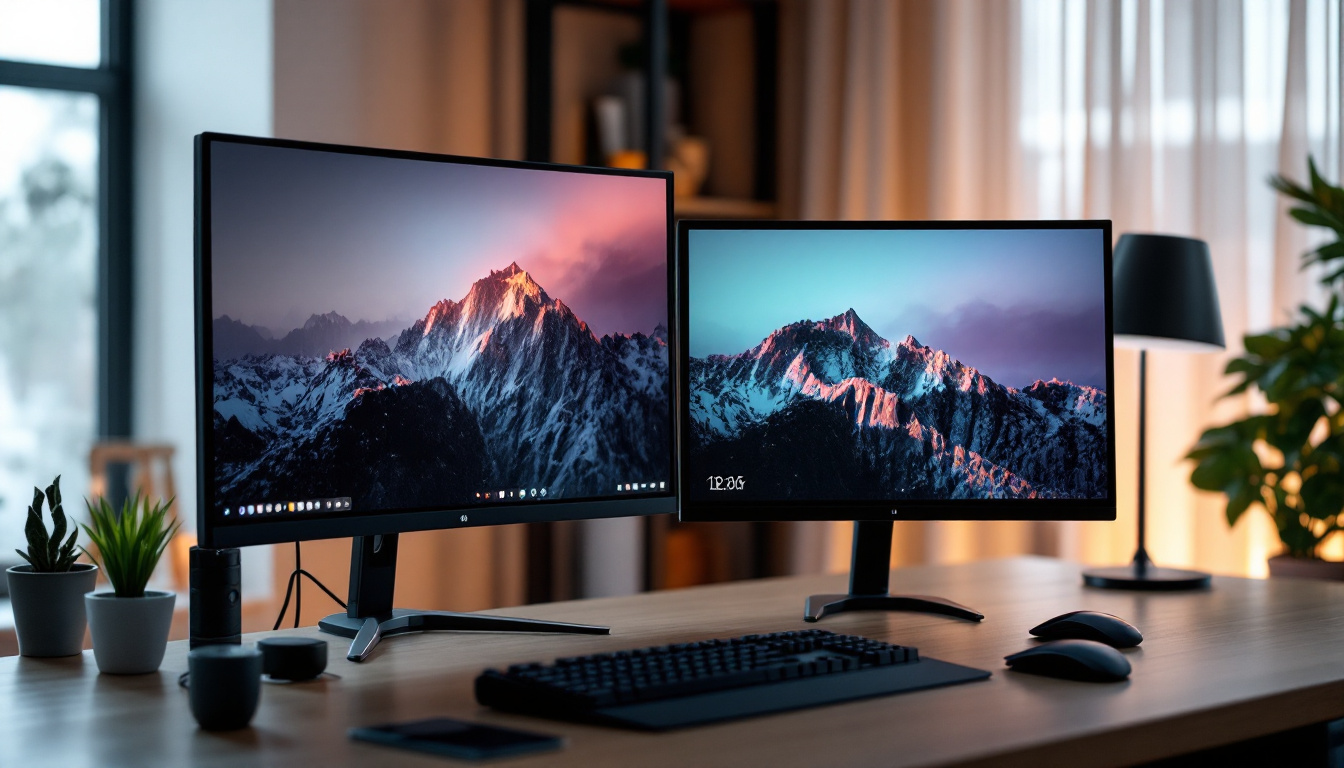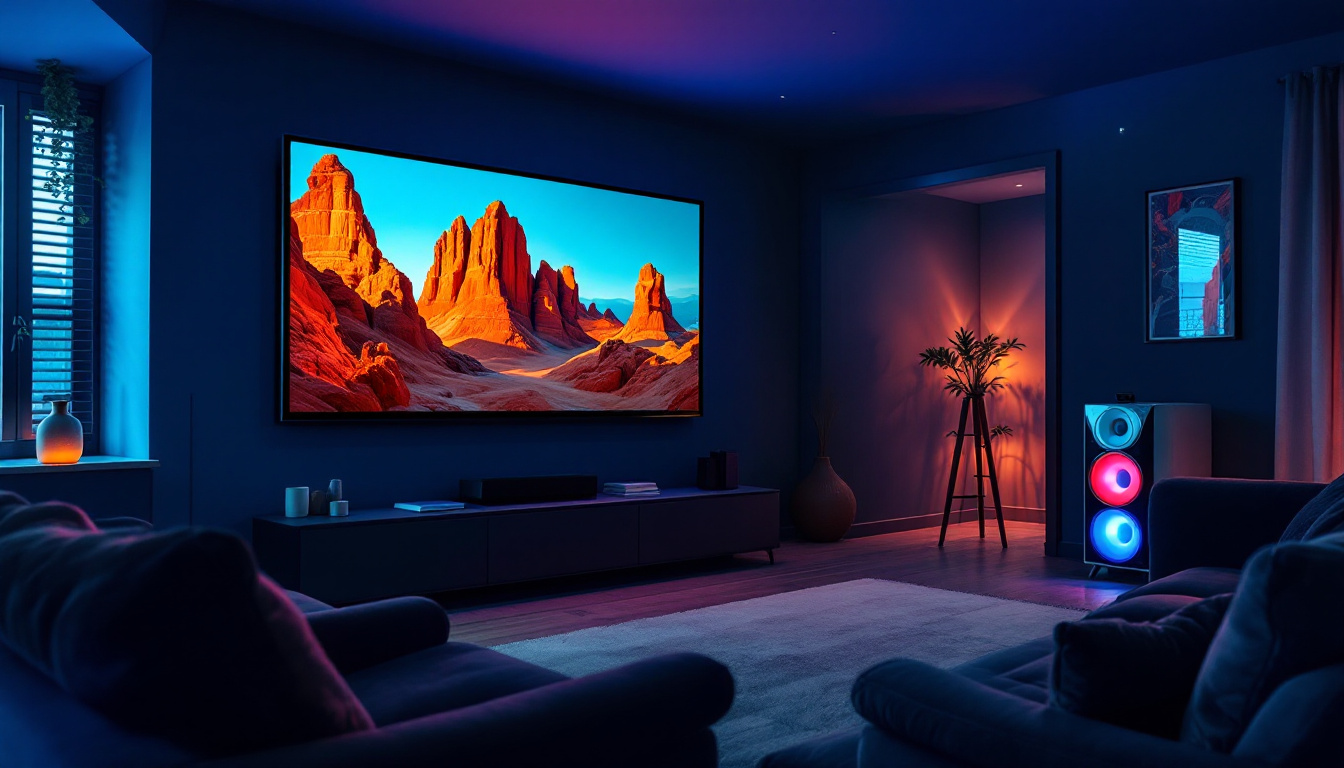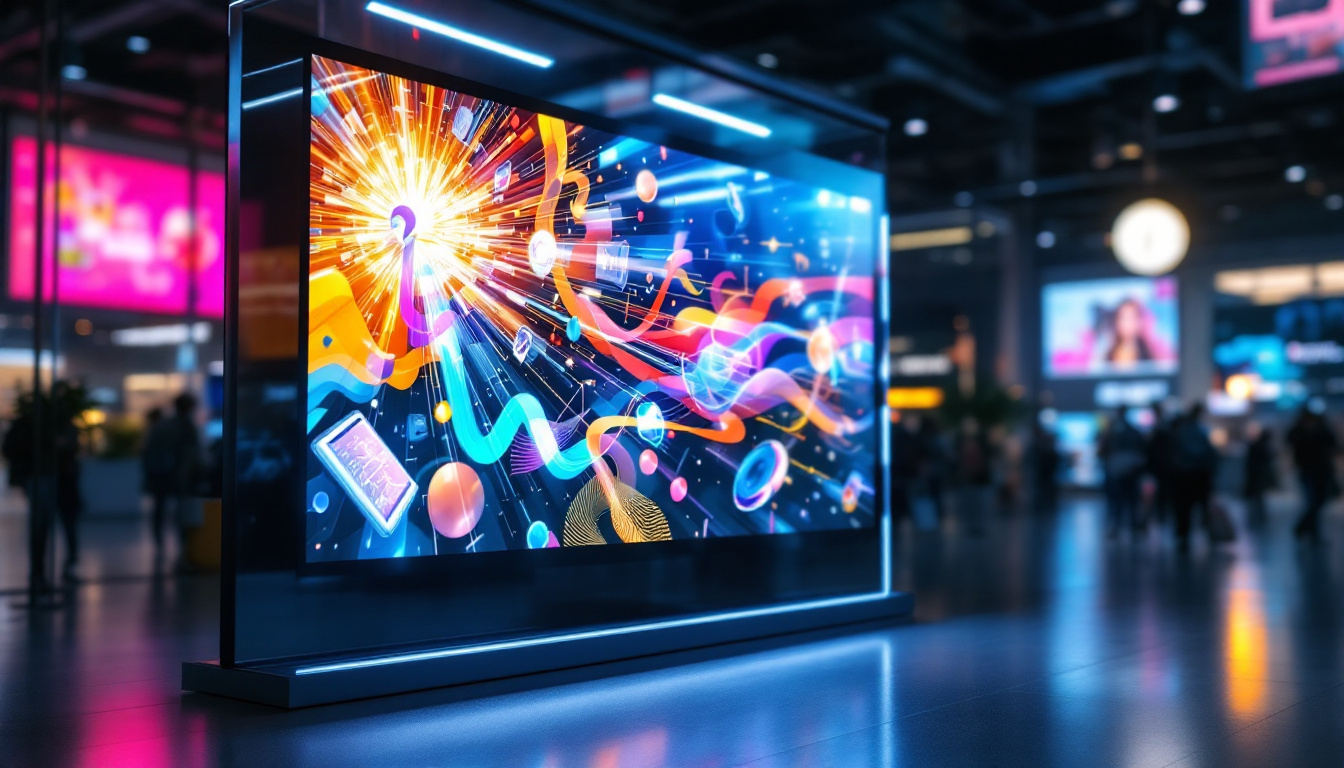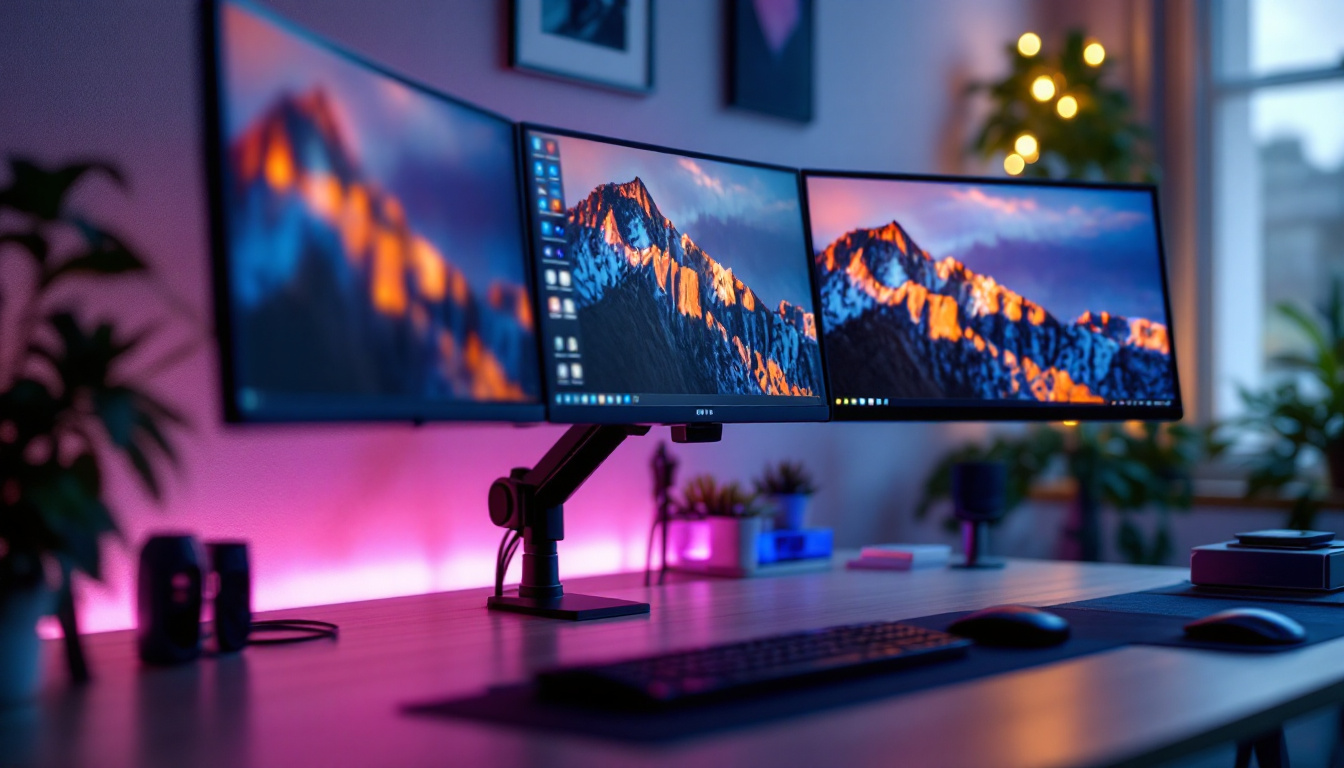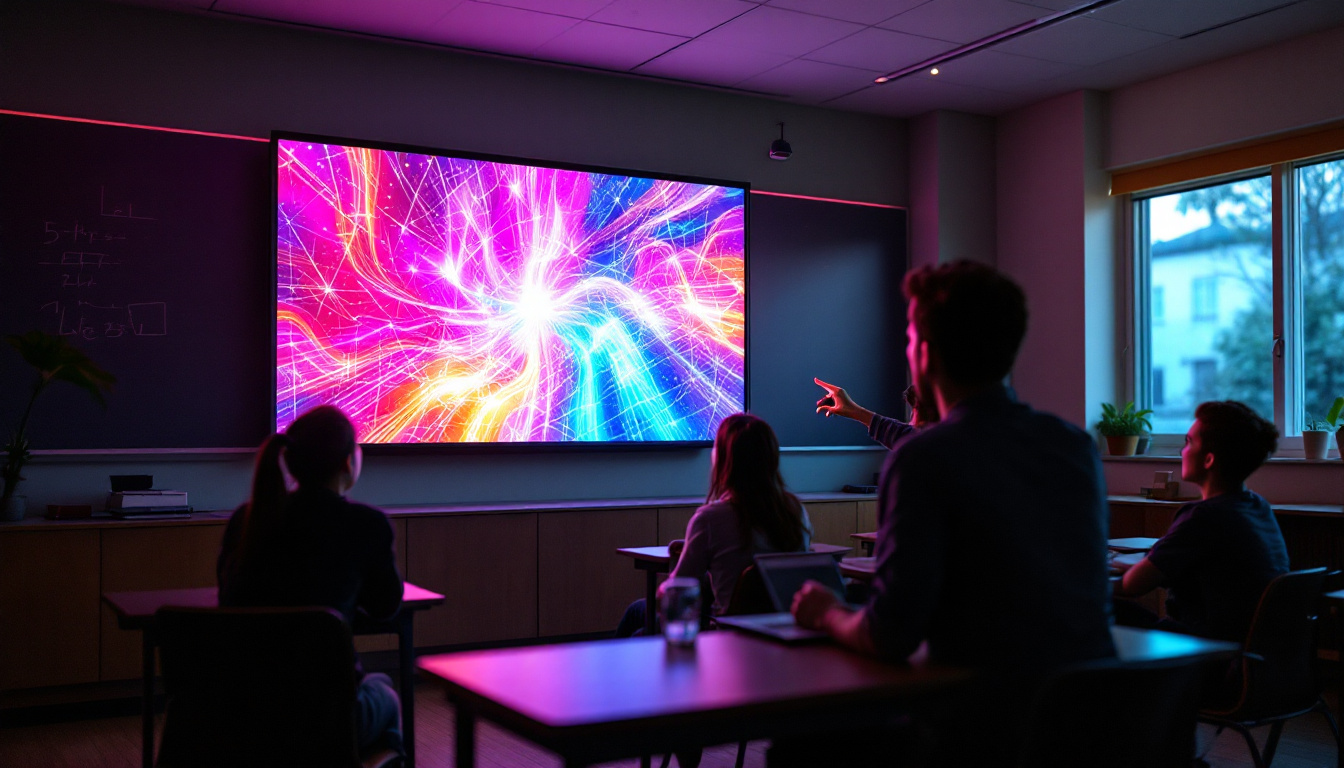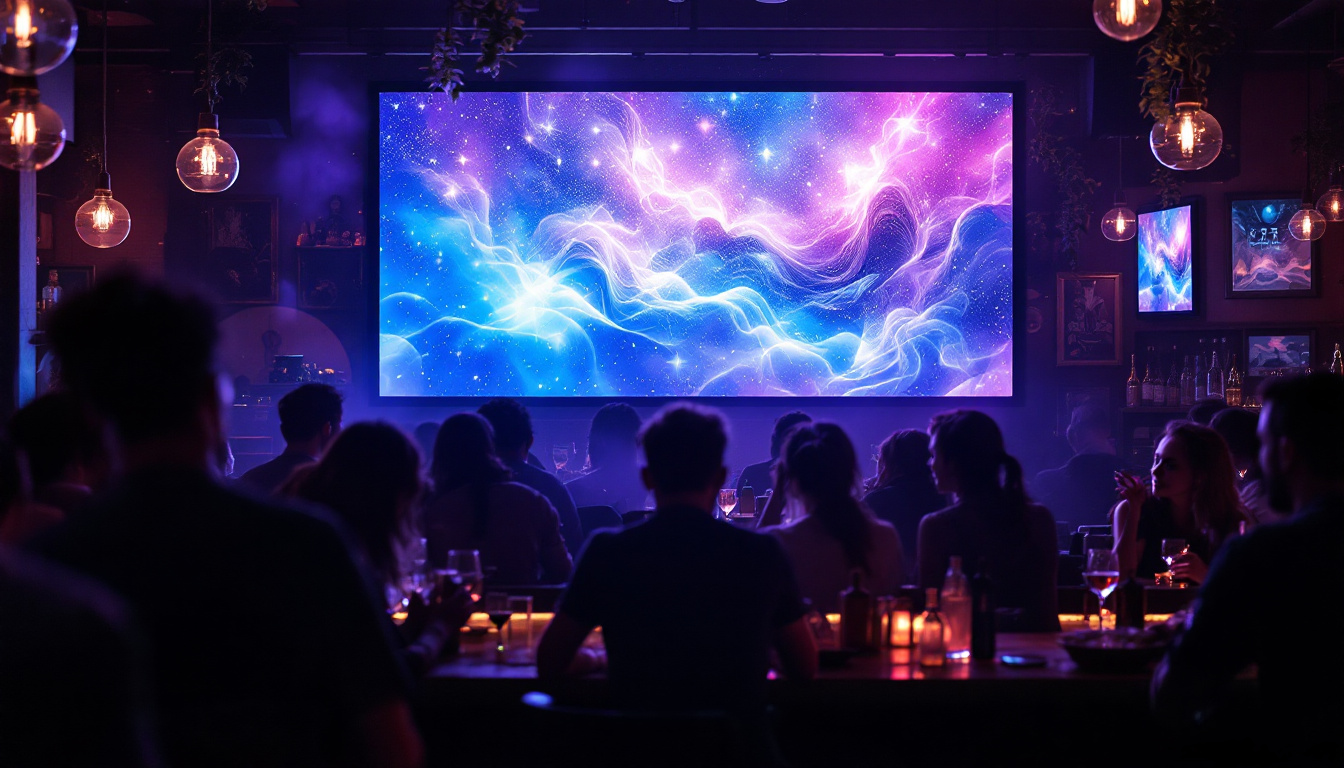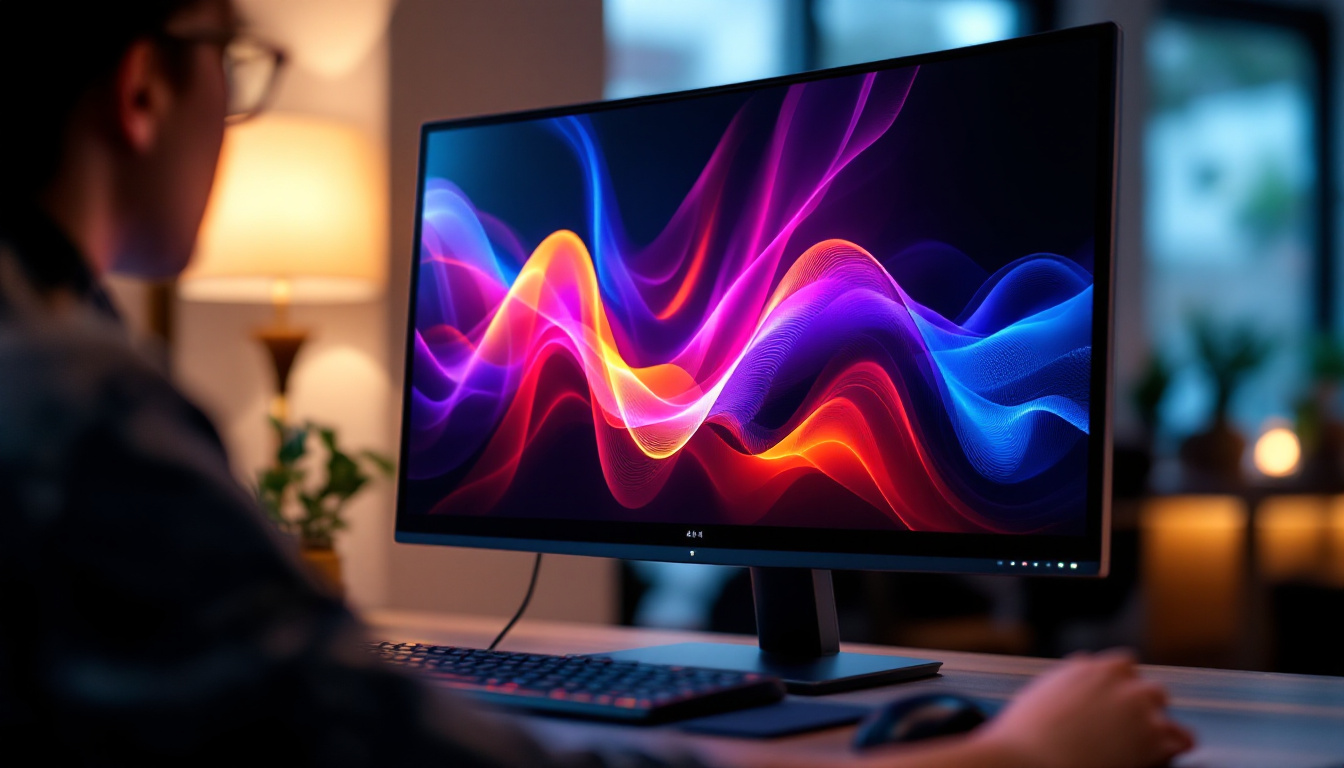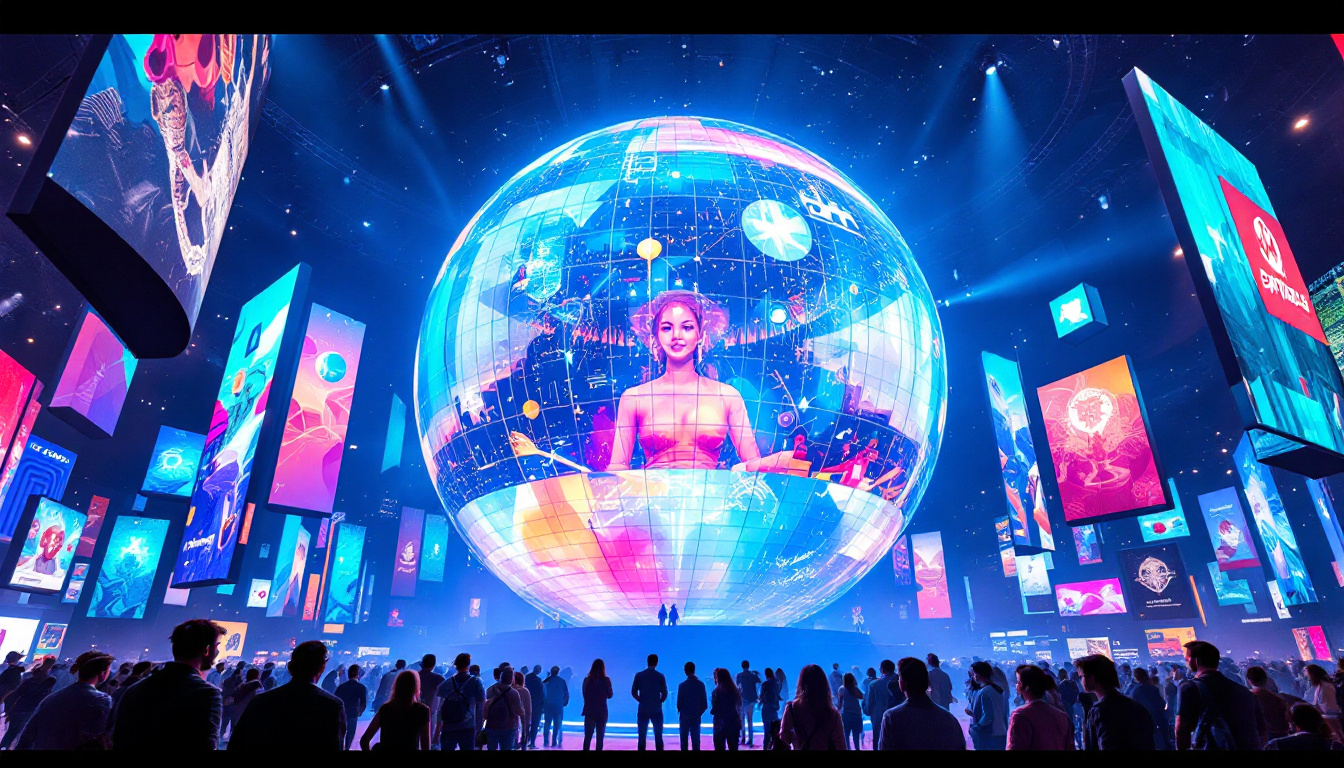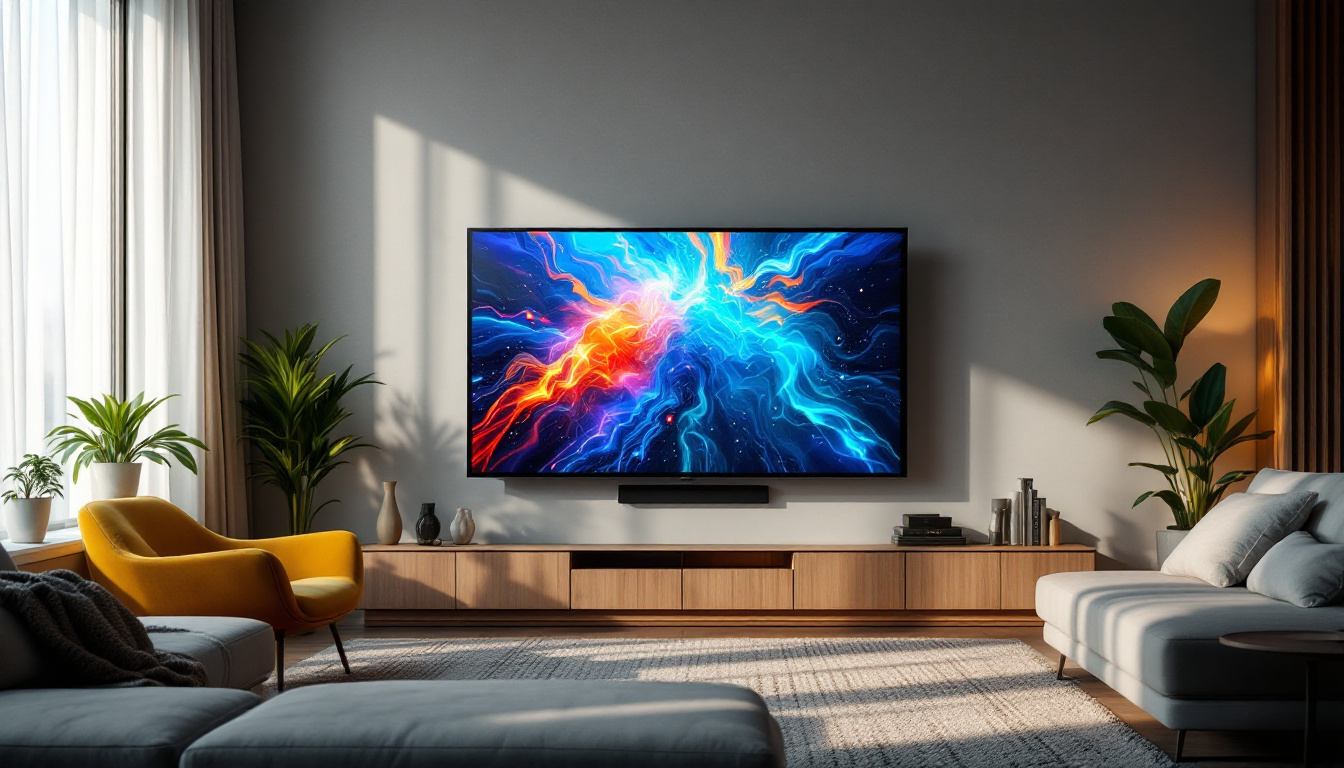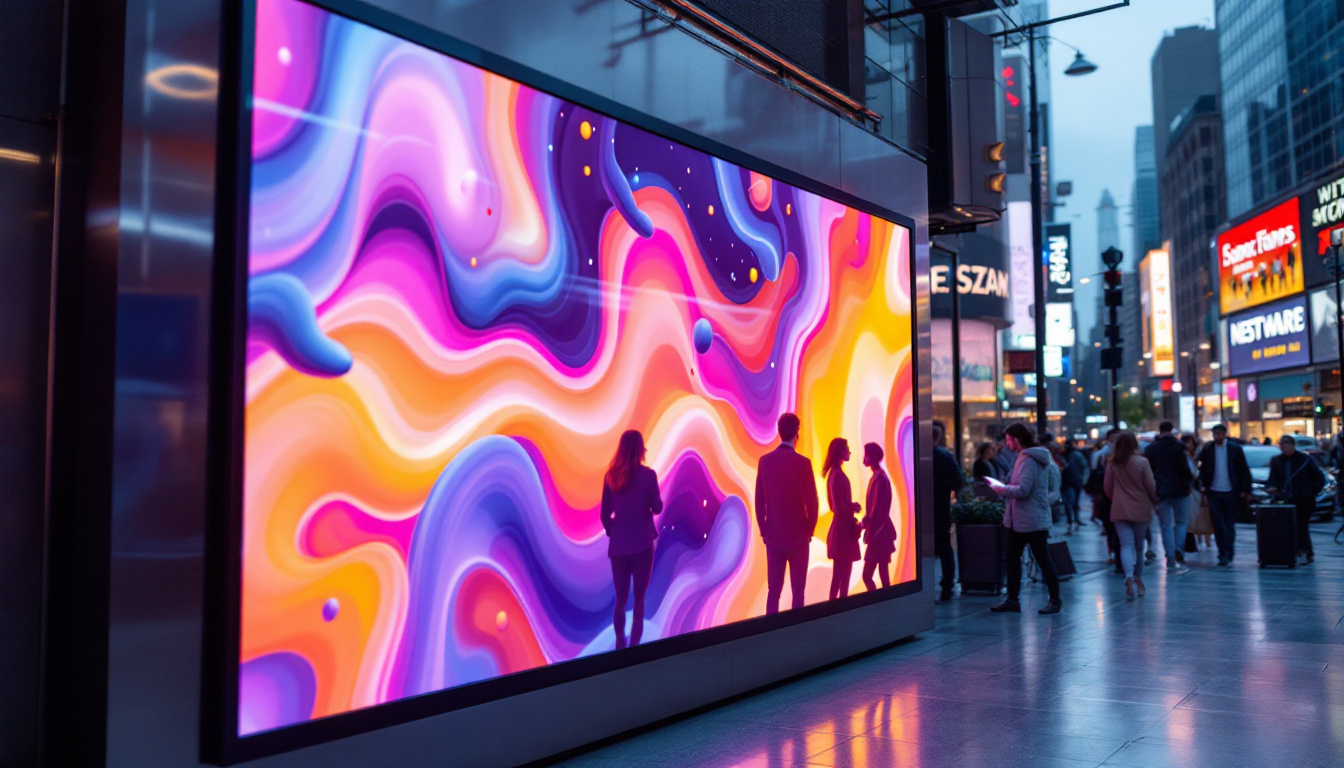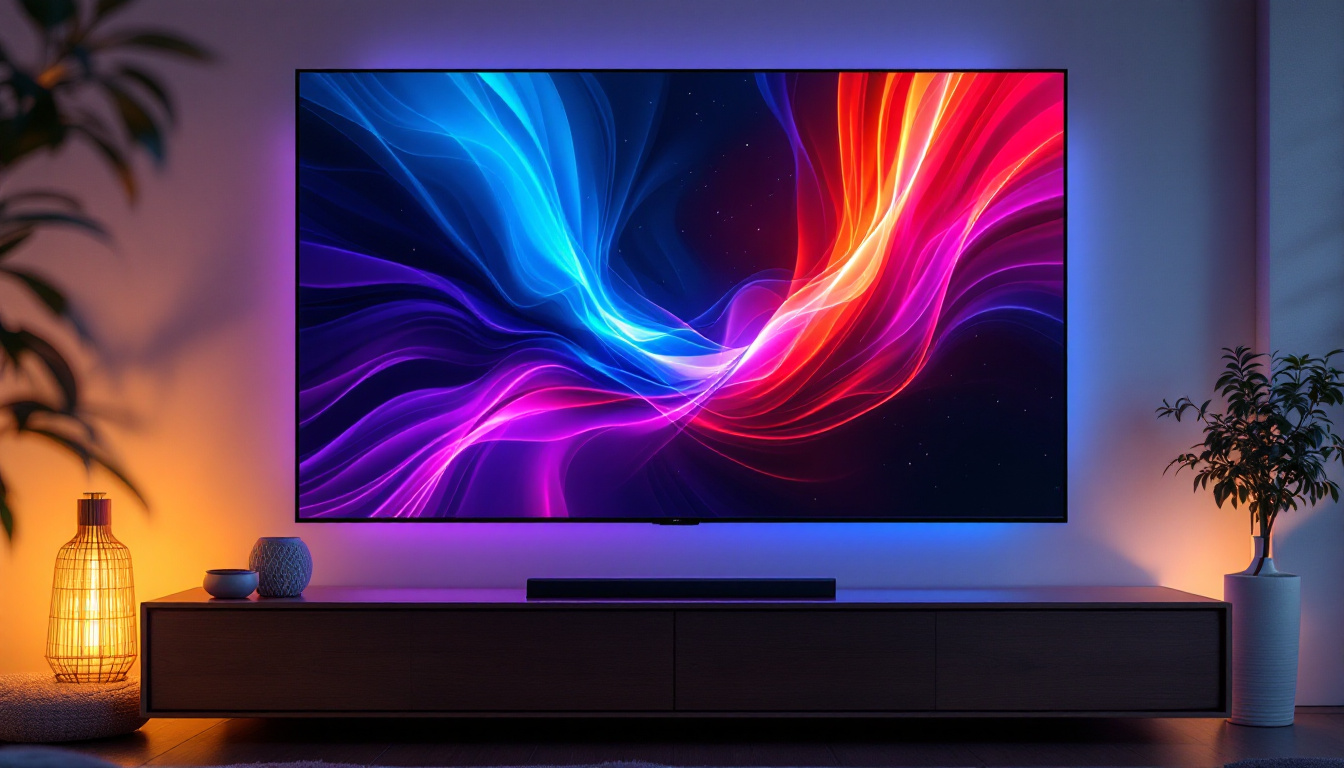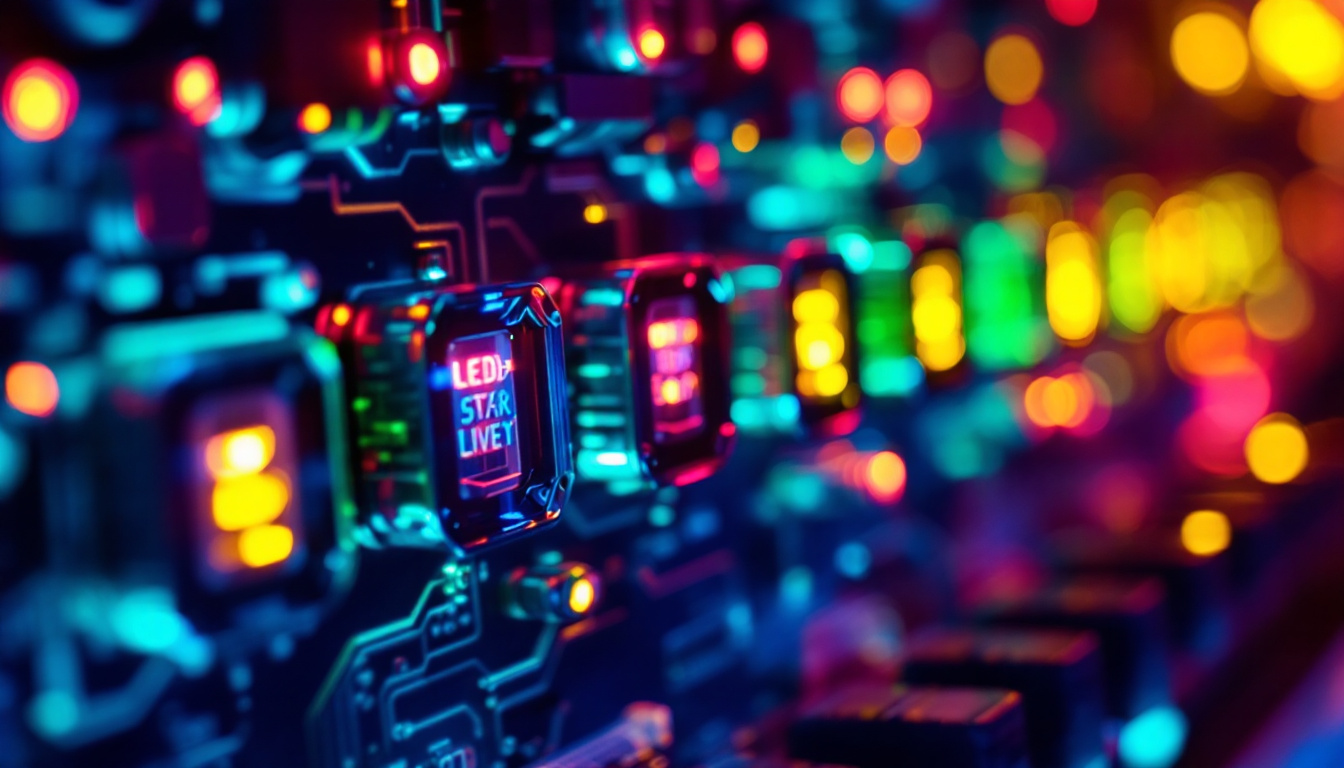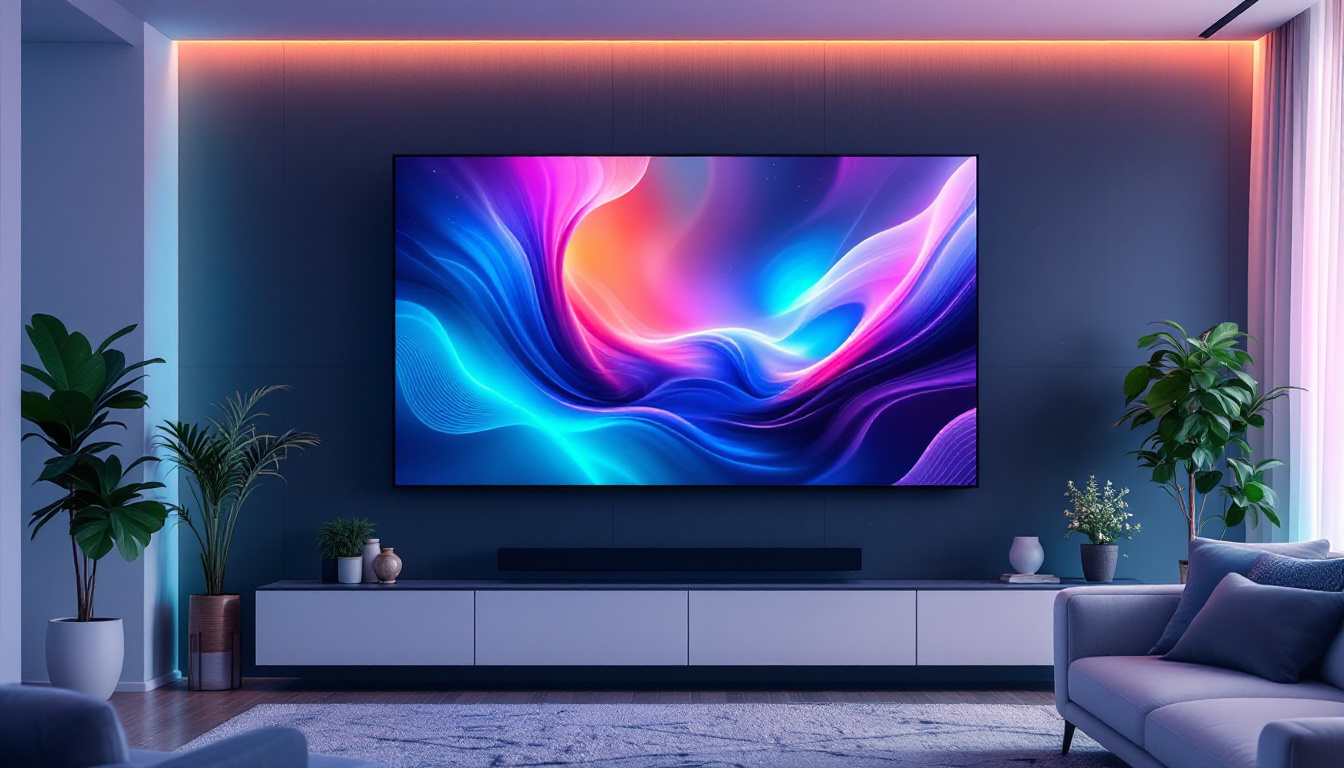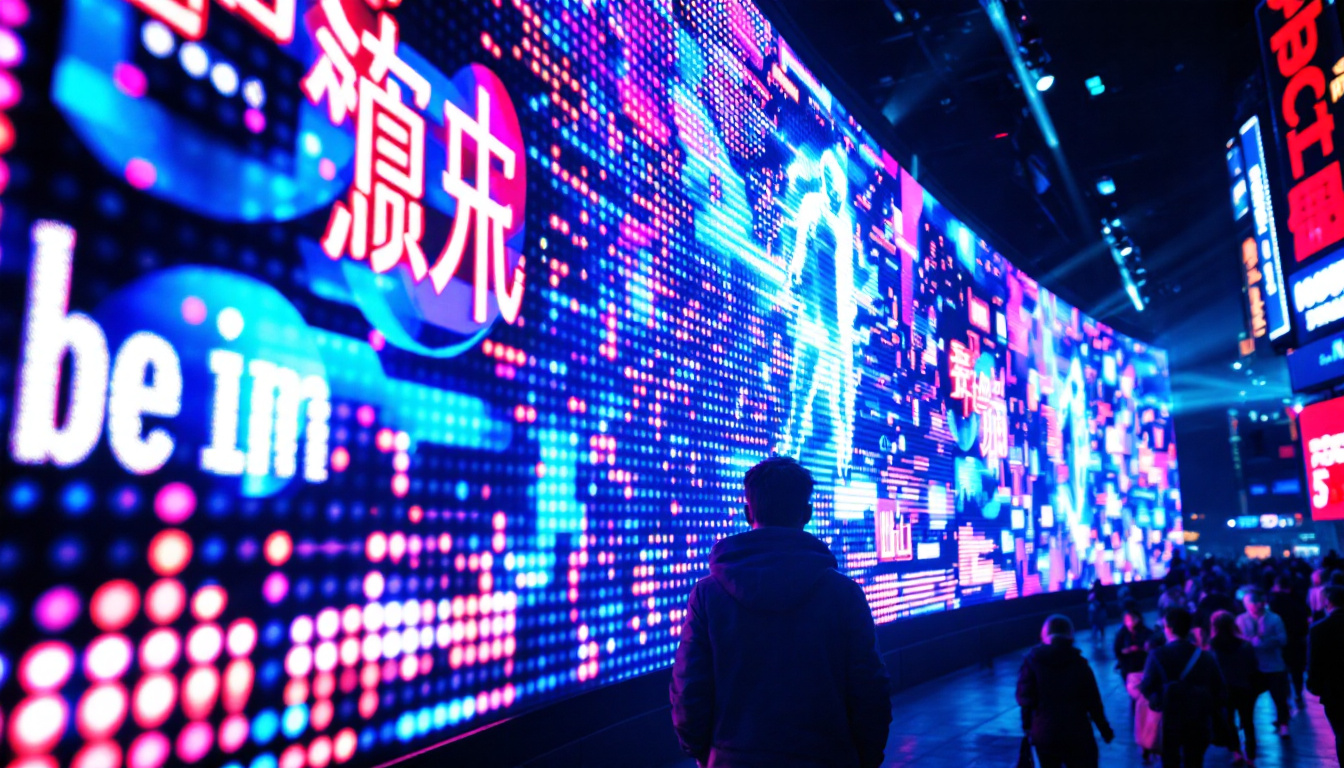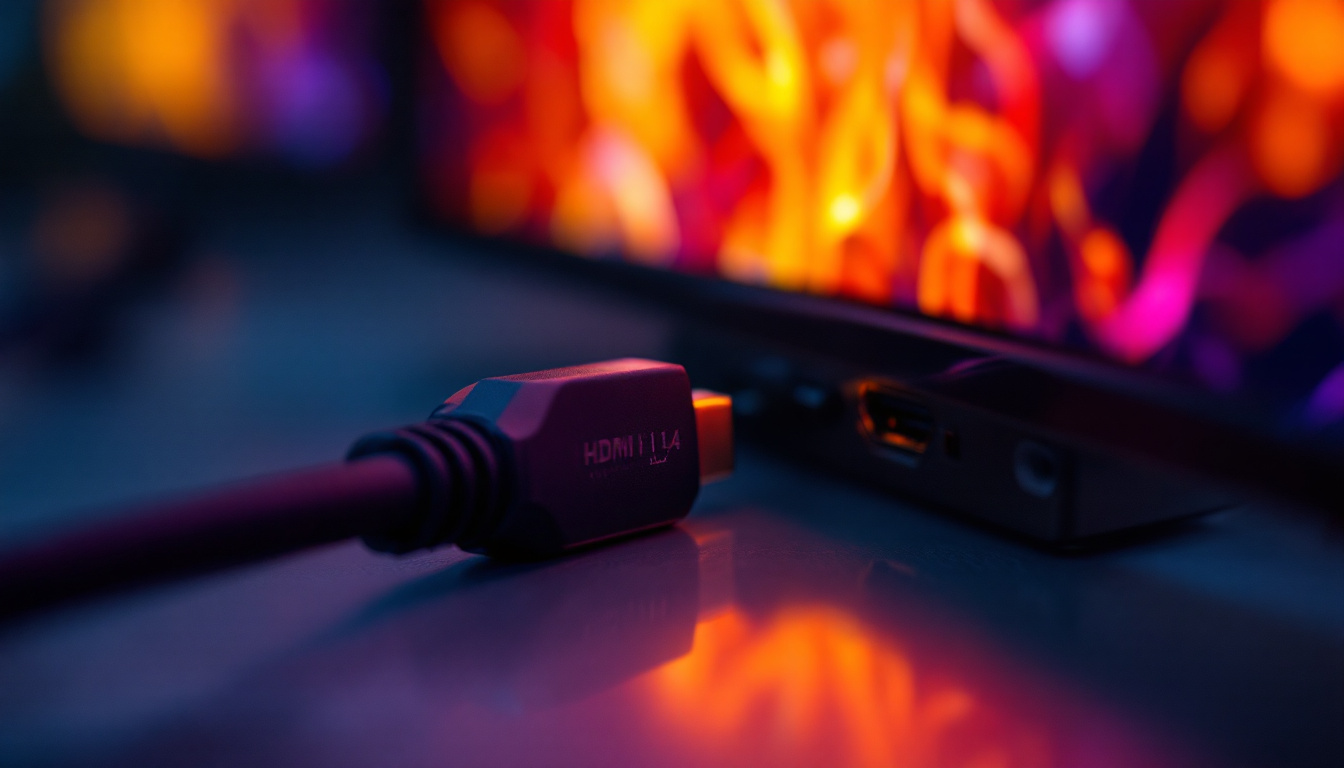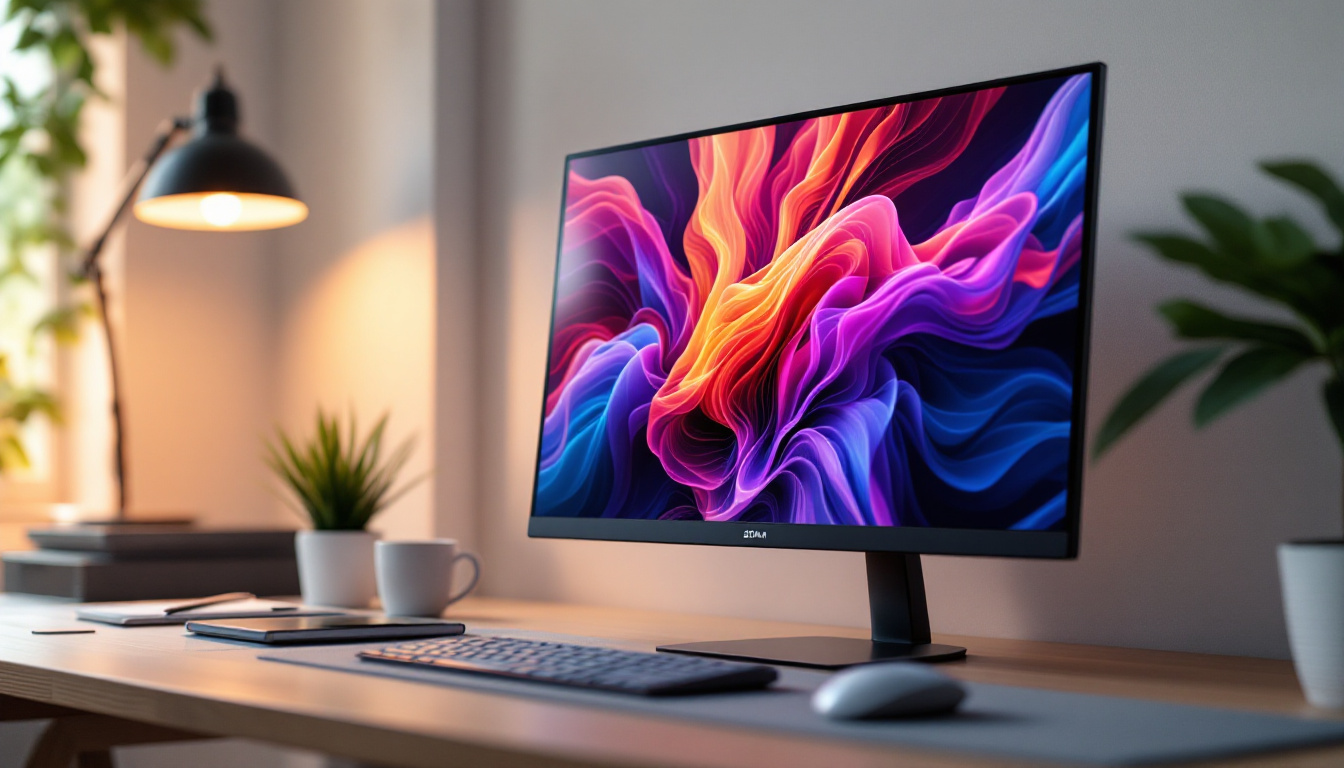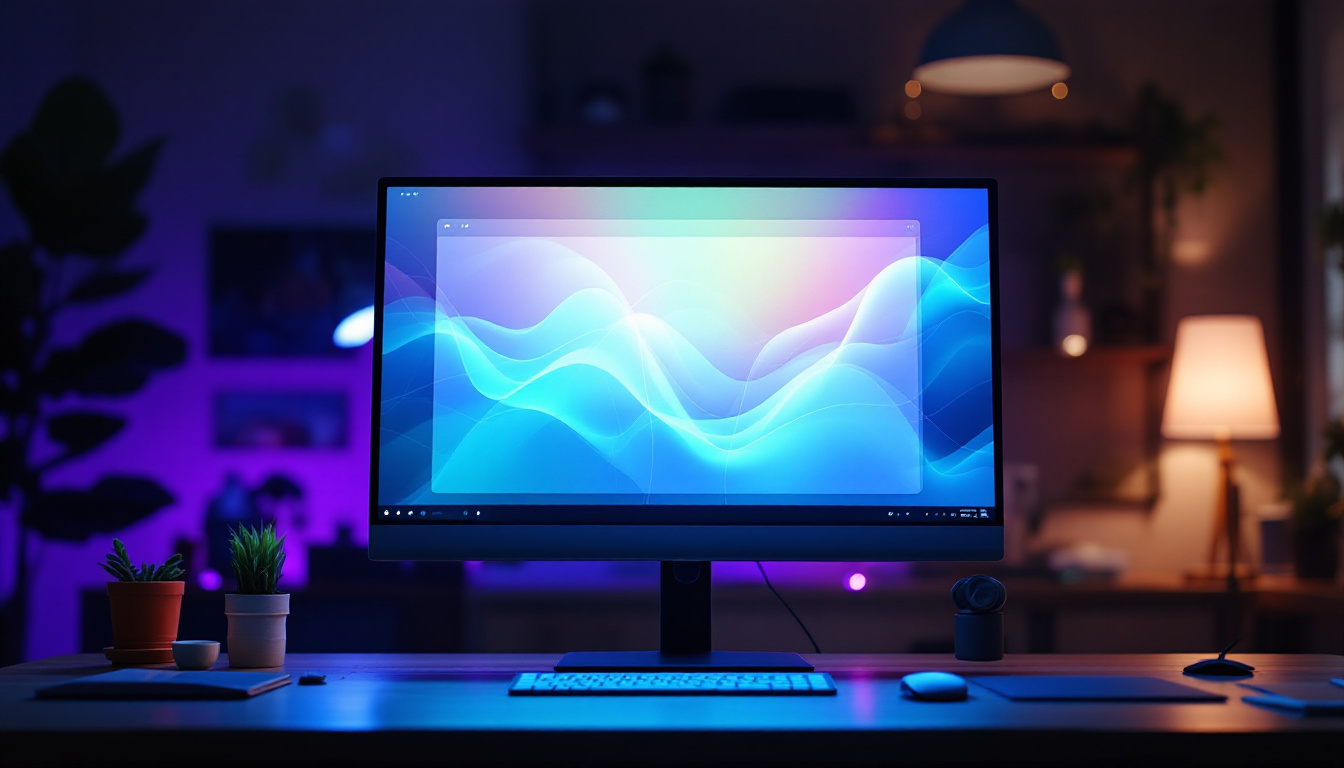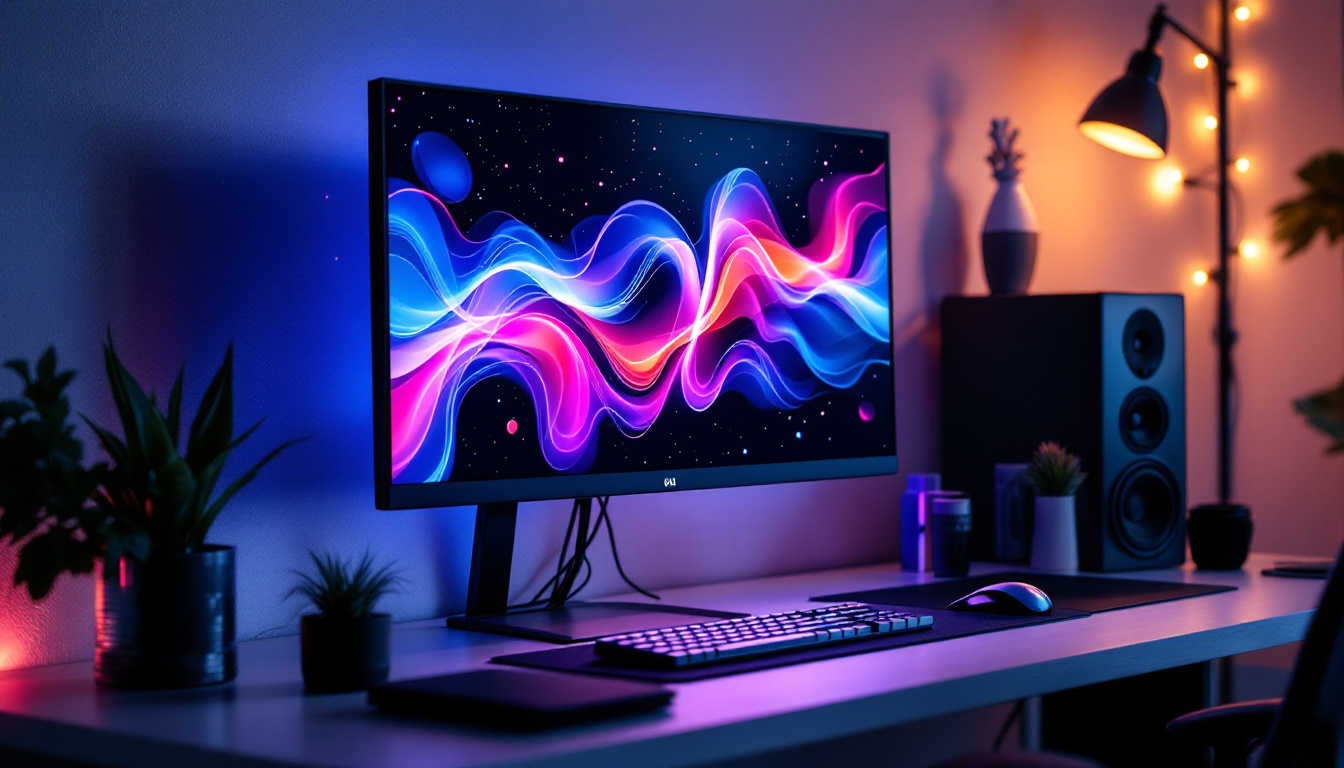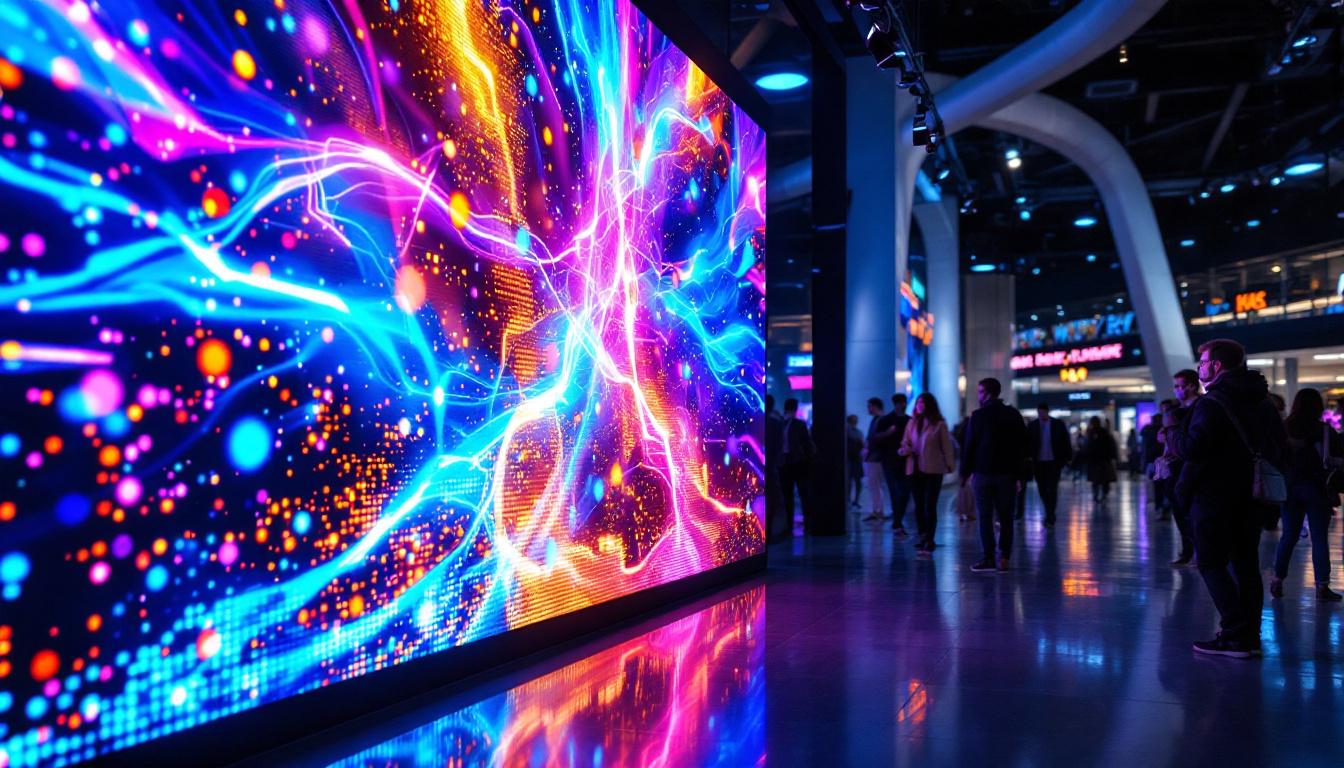In today’s digital age, screens have become an integral part of our daily lives—whether it’s for work, entertainment, or communication. Among the various types of display technologies, LCD (Liquid Crystal Display) screens with LED (Light Emitting Diode) backlighting are some of the most prevalent. Understanding the nuances of LCD screen sizes and how LED technology enhances these displays can help consumers make informed decisions when purchasing devices such as televisions, computer monitors, smartphones, and more.
This article delves into the fundamentals of LCD screen sizes, the role of LED backlighting, and practical considerations for selecting the right display for your needs.
Understanding LCD Screen Size: What Does It Mean?
Measuring Screen Size: Diagonal Inches Explained
The size of an LCD screen is typically measured diagonally from one corner to the opposite corner, expressed in inches. This measurement includes only the visible display area and excludes the bezels or borders surrounding the screen. For example, a 24-inch monitor means the diagonal length of the active display area is 24 inches.
Diagonal measurement is a standardized method across the industry, making it easier for consumers to compare screen sizes. However, it’s important to note that two screens with the same diagonal size might have different aspect ratios, affecting the overall width and height of the display. This can lead to varying user experiences, especially when it comes to viewing angles and the amount of screen real estate available for multitasking. A larger screen size can enhance productivity by allowing users to view multiple windows side by side without feeling cramped.
Aspect Ratio and Its Impact on Screen Size
Aspect ratio refers to the proportional relationship between the width and height of the screen. Common aspect ratios include 16:9 (widescreen), 16:10, and 4:3. The aspect ratio influences the shape of the display and how content fits on the screen.
For instance, a 24-inch 16:9 LCD screen will be wider and shorter compared to a 24-inch 4:3 screen, even though their diagonal measurements are identical. This distinction is crucial when choosing a screen for specific applications such as gaming, video editing, or office work. In gaming, a wider aspect ratio can provide a more immersive experience, allowing players to see more of the environment. Conversely, for tasks that require vertical space, such as coding or reading documents, a taller aspect ratio may be more beneficial. Additionally, as technology advances, newer aspect ratios like 21:9 are becoming popular for cinematic experiences, further diversifying the options available to consumers.
The Role of LED in LCD Displays
What is LED Backlighting?
LCD screens themselves do not emit light. Instead, they rely on a backlight to illuminate the liquid crystals, allowing images to be visible. Traditionally, LCDs used Cold Cathode Fluorescent Lamps (CCFL) as backlights. However, LED backlighting has become the industry standard due to its numerous advantages.
LED backlighting involves placing an array of light-emitting diodes behind or around the edges of the LCD panel. These LEDs provide consistent, energy-efficient illumination that enhances display brightness, contrast, and color accuracy. The shift to LED technology has not only improved the visual experience for users but has also contributed to energy savings, making devices more environmentally friendly. Furthermore, LED backlighting has a longer lifespan compared to CCFLs, reducing the frequency of replacements and maintenance, which is particularly beneficial for commercial applications where displays are used extensively.
Types of LED Backlighting: Edge-lit vs. Full-array
There are two primary types of LED backlighting used in LCD displays:
- Edge-lit LED: LEDs are positioned along the edges of the screen, and light is distributed across the panel using light guides. This design allows for thinner displays and is commonly found in consumer TVs and monitors.
- Full-array LED: LEDs are placed directly behind the entire screen in a grid-like pattern. This arrangement enables local dimming, where specific zones can be dimmed or brightened independently, improving contrast and black levels.
Full-array LED backlighting tends to deliver superior picture quality but often comes at a higher cost and increased thickness compared to edge-lit designs. Additionally, the ability to control brightness in specific areas of the screen allows for a more dynamic viewing experience, particularly in scenes with high contrast. This capability is especially beneficial for watching movies or playing video games, where dark scenes can appear more immersive and realistic. As technology advances, we are also seeing the emergence of Mini-LED and Micro-LED technologies, which promise even greater control over lighting and improved performance, further blurring the lines between LCD and OLED displays.
Why Screen Size and LED Technology Matter
Impact on Viewing Experience
The combination of screen size and LED backlighting technology significantly influences the overall viewing experience. Larger screens provide more immersive visuals, ideal for home theaters or gaming setups. However, the optimal screen size also depends on the viewing distance.
For example, the Society of Motion Picture and Television Engineers (SMPTE) recommends that the ideal viewing distance for a 55-inch TV is approximately 7 feet (2.1 meters). Sitting too close or too far can diminish the perceived image quality and cause eye strain. This is particularly relevant for those who enjoy binge-watching series or playing video games for extended periods, as maintaining the right distance can help prevent discomfort and enhance enjoyment.
LED backlighting enhances the display’s brightness and contrast, making images appear more vivid and lifelike. This is especially important in brightly lit rooms or when watching HDR (High Dynamic Range) content, where precise lighting control can dramatically improve picture quality. The ability of LED technology to produce deeper blacks and brighter whites allows for a more dynamic range of colors, enriching the viewing experience. Furthermore, advancements in local dimming technology have enabled even greater contrast ratios, allowing viewers to appreciate the subtleties in shadow and light that were previously lost in older display technologies.
Energy Efficiency and Environmental Considerations
LED backlighting consumes significantly less power compared to older CCFL backlights. According to the U.S. Department of Energy, LED-backlit LCDs can be up to 40% more energy-efficient, which translates to lower electricity bills and reduced environmental impact. This efficiency is not just beneficial for consumers’ wallets but also plays a crucial role in reducing the carbon footprint associated with energy consumption.
Moreover, LED components have longer lifespans and contain fewer hazardous materials, making them a more sustainable choice for consumers and manufacturers alike. The longevity of LED technology means that fewer devices are discarded over time, contributing to less electronic waste. Additionally, many manufacturers are now focusing on creating eco-friendly packaging and recycling programs, further promoting sustainability in the electronics industry. As consumers become more environmentally conscious, the choice of energy-efficient LED technology aligns with a growing desire to make responsible purchasing decisions that benefit both the planet and their viewing habits.
Choosing the Right LCD Screen Size and LED Display
Factors to Consider Based on Use Case
Selecting the appropriate LCD screen size and LED display type depends largely on the intended use:
- For Office and Productivity: A 24-27 inch monitor with a 16:9 or 16:10 aspect ratio is often ideal, balancing screen real estate with desk space. LED edge-lit displays are common and provide sufficient brightness for typical office lighting.
- For Gaming: Larger screens (27 inches and above) with fast refresh rates and full-array LED backlighting can enhance immersion and visual clarity. Additionally, monitors with higher resolutions (1440p or 4K) are preferred for detailed graphics.
- For Home Entertainment: TVs ranging from 55 inches to 75 inches with full-array LED backlighting and HDR support offer cinematic experiences. Viewing distance and room lighting should be considered to maximize enjoyment.
- For Mobile Devices: Screen size varies widely, but LED-backlit LCDs are common due to their thin profiles and energy efficiency. Screen sizes typically range from 5 to 7 inches for smartphones and tablets.
Resolution and Pixel Density
Screen size alone does not determine image clarity. Resolution—the number of pixels displayed—plays a critical role. For example, a 24-inch monitor with 1080p resolution (1920×1080 pixels) will have a different pixel density than a 24-inch 4K monitor (3840×2160 pixels).
Higher pixel density results in sharper images and finer details. When choosing screen size, it’s essential to match it with an appropriate resolution to avoid pixelation or overly small interface elements.
Future Trends in LCD and LED Display Technology
Mini-LED and Micro-LED Innovations
Emerging LED technologies like Mini-LED and Micro-LED are pushing the boundaries of LCD display performance. Mini-LEDs use thousands of tiny LEDs for backlighting, enabling even more precise local dimming and improved contrast ratios compared to traditional full-array LED displays.
Micro-LED technology, still in its early stages, involves self-emissive LEDs that do not require a separate backlight. This approach promises superior brightness, color accuracy, and energy efficiency, potentially rivaling OLED displays in the near future.
Increasing Demand for Larger and Flexible Displays
Consumer demand continues to drive the production of larger, higher-resolution LCD screens with advanced LED backlighting. Additionally, flexible and curved LCD displays are gaining traction, especially in gaming monitors and smartphones, offering immersive viewing angles and ergonomic benefits.
Conclusion
Understanding LCD screen size and the role of LED backlighting is essential for anyone looking to purchase or upgrade their display devices. Screen size affects not only the physical dimensions but also the viewing experience, while LED technology enhances brightness, contrast, and energy efficiency.
By considering factors such as aspect ratio, resolution, backlighting type, and intended use, consumers can select the perfect LCD screen that balances performance, aesthetics, and budget. As LED technology continues to evolve with innovations like Mini-LED and Micro-LED, the future of LCD displays promises even more impressive visual experiences.
Whether shopping for a new TV, monitor, or mobile device, a well-informed choice about LCD screen size and LED display technology ensures that the investment will deliver satisfaction for years to come.
Discover the Future of Visual Displays with LumenMatrix
Ready to elevate your visual experience with the latest in LED display technology? Look no further than LumenMatrix, a pioneer in crafting mesmerizing LED display modules that transform any space into a dynamic visual spectacle. From vibrant Indoor LED Walls to captivating Outdoor LED Displays, and from versatile Vehicle LED Displays to innovative Custom LED Solutions, LumenMatrix offers a comprehensive range of products designed to meet your unique needs. Embrace the future of digital signage and create unforgettable experiences with LumenMatrix. Check out LumenMatrix LED Display Solutions today and witness the power of advanced LED technology in action.



